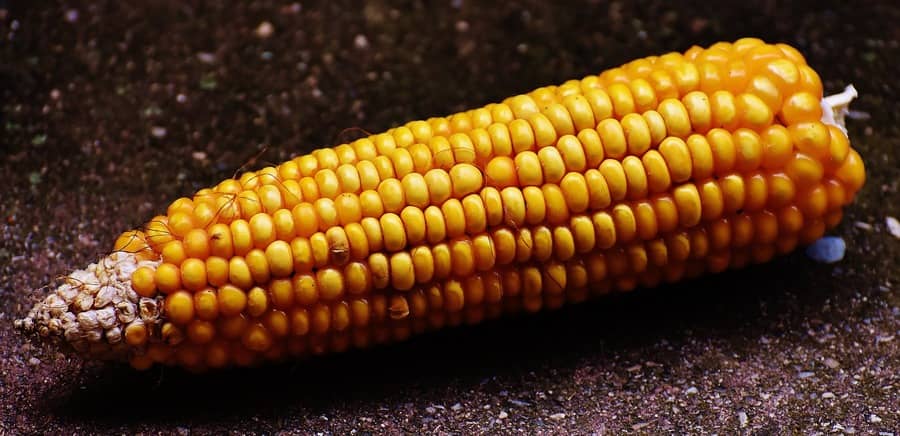Porto Alegre, October 4, 2021 – Wheat has been an important variable in shaping corn prices in the international market. Since China decided to boost the production of feedstuff with greater use of wheat, the situation of this commodity in the international market has changed. Wheat prices are now well above average, also due to regional production losses. Corn is finding resistance to more significant losses at this time of the US crop, also due to this relationship with wheat and the level of change in feedstuff usage. Would China reduce wheat purchases and increase corn purchases in the coming few months? Indeed, prices on the CBOT cannot drop below USD 5.30/bushel with this relationship with wheat and the hope that export demand will increase from now on.
The US corn harvest is expected to approach 28/30% in this first week of October, at a pace that can be considered normal. Until early November, a large part of the local crop will be in warehouses. Therefore, there will be thirty days of the peak of the US harvest, in which, seasonally, the increase in supply generates a price slowdown.
Last week, some new indicators were inserted into this context. The September quarterly stocks report indicates the stocks existing in the US market through August 30, therefore, that means the ending stocks of the 20/21 business year and the beginning stocks of 21/22. These stocks were forecast, on September 10, in the supply and demand estimate, at 30.1 million tons. The quarterly report brought 31.4 million tons. So, these will be the stocks USDA will adjust in its next October supply and demand report.
The report also brought a surprise: an adjustment in production for the 2020 crop. There was an increase in the soybean crop by 2 million tons, and a cut in the corn crop by approximately 2 million tons. This prevented corn stocks from rising further and neutralized the effect on prices. A slight increase in stocks does not change the price curve at all, as the normal range of stocks would be 45 to 55 million tons.
At this point comes the share of exports during the US harvest. The problems caused to the logistics in the Gulf of Mexico delayed many shipments in September, which totaled only 1.4 million tons against 2.8 million tons in 2020. Until last week, 25.3 million tons had been sold against 24.6 million in 2020. China has 11.6 million tons to be shipped from this origin against 9.2 million in 2020. For an import target of 26 million tons, China will need to return to the market in the coming few weeks.
Besides this bet on purchases by China, which is reaping a record crop at the moment, there is the issue of wheat. China is trying to buy volumes of wheat from Australia in view of high prices in Russia, Ukraine, Canada, and the United States. The cut in US stocks is consolidating wheat above USD 7.00/bushel. China made reasonable progress in its wheat purchases in 2020 for animal feedstuff. If wheat is scarcer and expensive next season, this alternative could lead to larger purchases of corn, in this case in the US market.
It seems that this is the main key for corn prices going forward and the main reason why prices on the CBOT cannot break the level of USD 5.30/bushel and seek harvest seasonality and market settlement. An advance in export flow in the United States could actually put the CBOT above USD 6.00/bushel again in the post-harvest period. However, more discreet exports without a more aggressive Chinese presence would follow the normal technical trajectory toward USD 5.00 and USD 4.70 a bushel. Therefore, the US export movement is now key to this support at high prices.
The other more obvious point is the high price of wheat. The ratio of over USD 2.00/bushel with corn is favorable for a rise in corn, as it seems difficult to see short-term lows for wheat. Winter crops in the Northern Hemisphere could bring some slowdown in 2022, as Australia and Argentina do not seem to be sufficiently bearish indicators in the international market.
Agência SAFRAS Latam
Copyright 2021 – Grupo CMA

